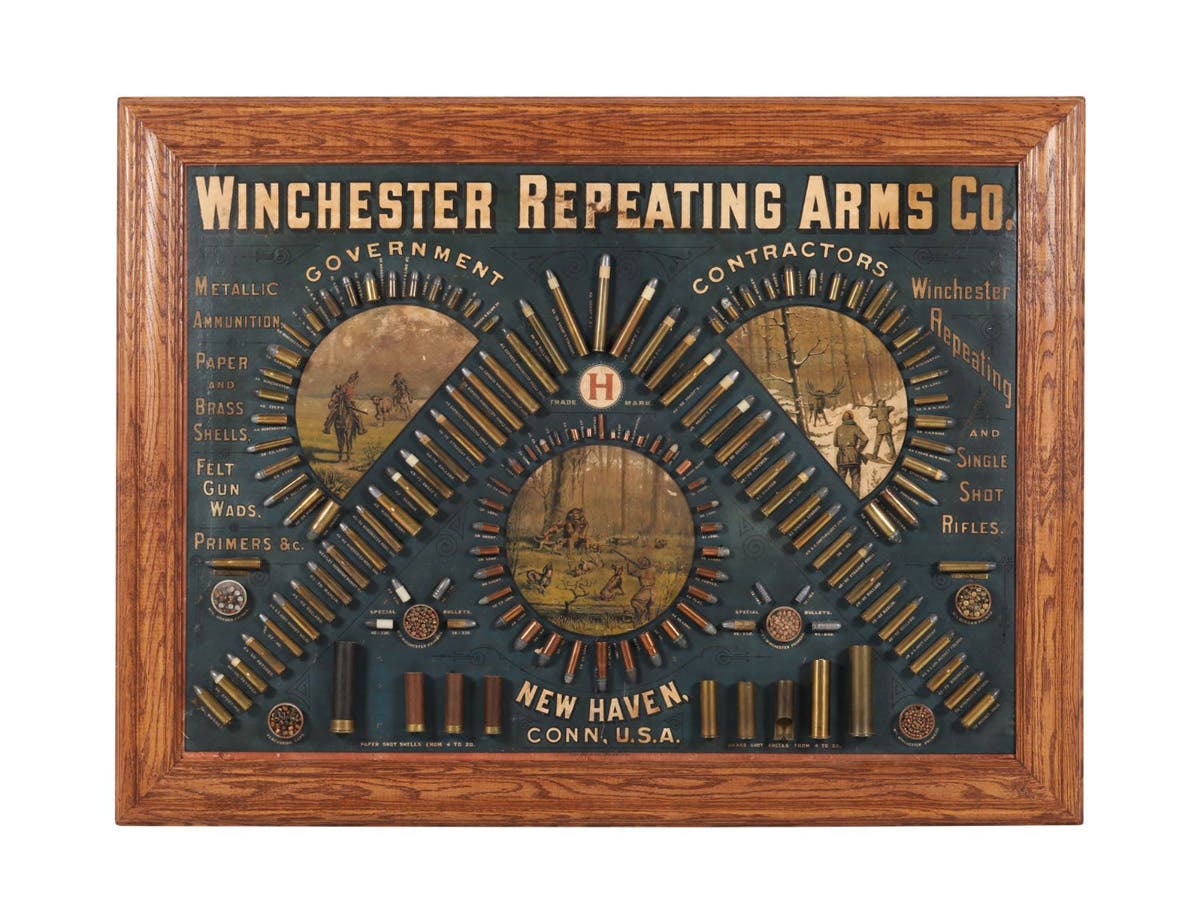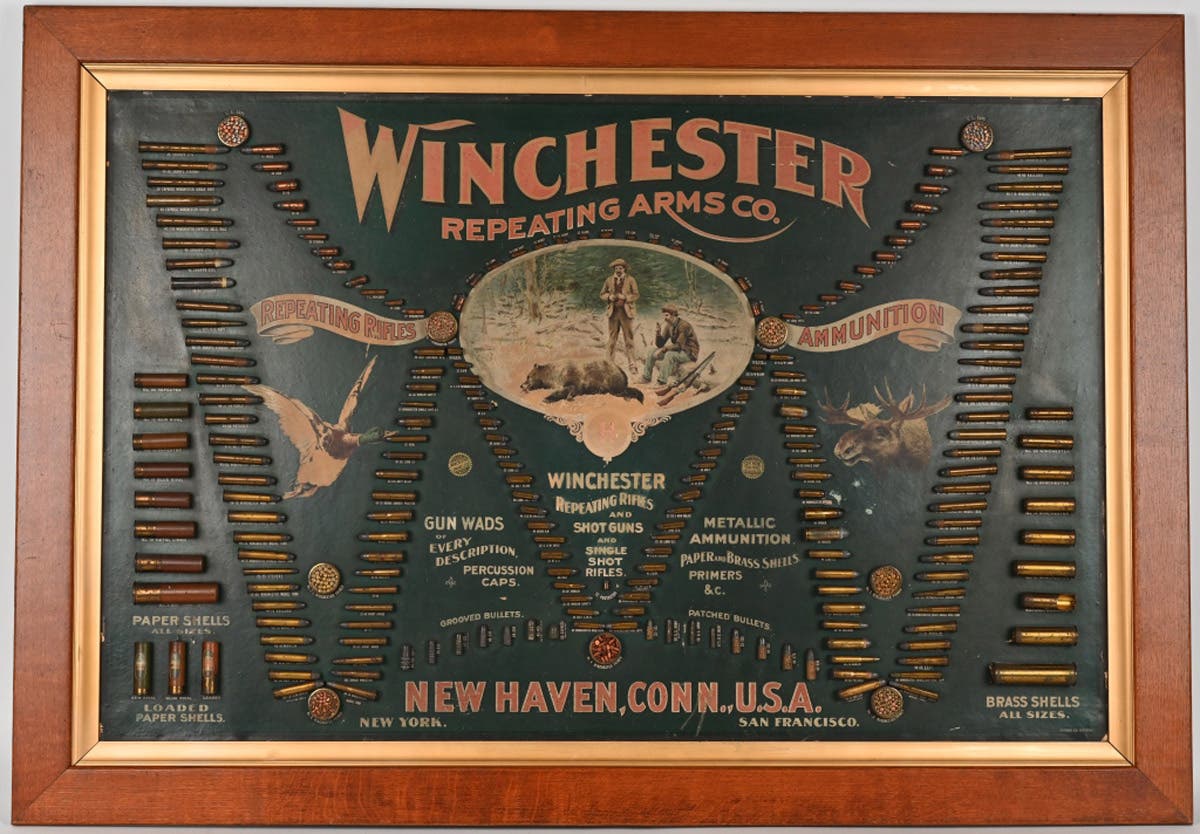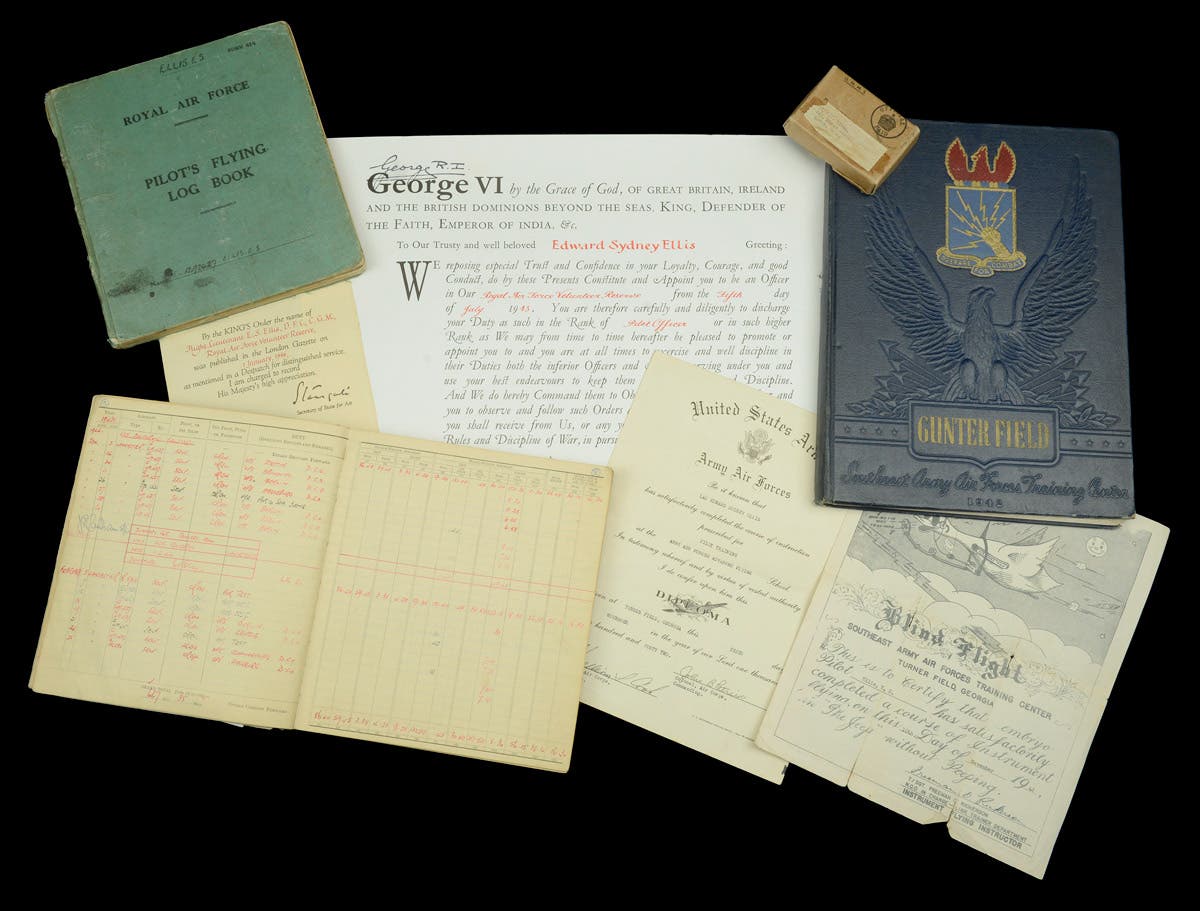Life and death money
Nazi prisoners had own currency, and it’s a rare find today
When Adolf Hitler and the “Nationalsozialistische Deutsche Arbeiterpartei” (NSDAP – Nazi Party) came to power in 1933, absolute power and control were manifested in their agendas for the German people, and all those who would live under the Fuhrer’s ruthless dictatorship. With Hitler’s ideals of a master race, any person whom the Nazis felt was either an “Untermensch” (sub-human), non-productive or an untrustworthy individual was to be used as a slave laborer for the state’s benefit, or simply put to death.
Small local jails and holding areas quickly sprang up across the country to hold the thousands of political opponents, Slavs, Jews, Gypsies, criminals, homosexuals, clergy and others rounded up by the Nazi “Sturmabteilung” (SA storm troopers), “Schutzstaffel” (SS- Hitlers black knights), German civil and secret police. As the number of prisoners grew, the inadequate jails were combined into “Konzentration Lagerin” (KZ-concentration camps) in order to provide more centralized order and control over the worker-prisoners.
As early as 1933 in the first concentration camps, inmates were often required to perform intense labor in many of the KZ industries, such as those concerns manufacturing military uniforms or porcelain production. If they were even paid for their labors at all, inmates were given meager wages in the form of camp printed scrip coupons. This camp money could then only be used to purchase bare necessities such as bread rations at internal camp-run cantinas, where inflated prices for substandard goods were commonplace. If inmates in workcamps wanted to earn more to supplement their inadequate rations, or those of their friends, bonuses in scrip could be paid to workers who met steep production goals performing skilled, backbreaking or tedious work.
As the persecution of Jewish citizens became more widespread, Jews who were not immediately sent to a KZ were often forced to leave their homes and resettle into the confines of crowded, dirty, secluded city ghettos. To provide paltry compensation for their houses, businesses and private property which had been confiscated from them, Jews were often paid in ghetto scrip. This again was Nazi printed currency that had little value except in the state-run ghetto shops (or within the illegal black market if detainees were willing to take the chance). As in the KZ’s, prices for basic life and death necessities in these stores were also highly overpriced and fluctuated according to the whims of the local authorities. As an extra deterrent to ghetto inhabitants leaving, Jews with only scrip in their pockets were much less likely to try to escape. Ghetto coupons were worthless in the outside world, and the owners would be easily recognized by authorities if they retained the unique bills.
As the Germans conquered more countries and set up additional ghettos and camps, scrip was printed to mirror the native currency, then forcibly exchanged with the newly incarcerated victims. Later, in 1944, the last Jewish ghetto in Lodz, Poland was eliminated, its inhabitants deported or murdered, and the overall use of ghetto scrip came to an end. Others who survived in the concentration camps continued to use KZ scrip until hostilities stopped and they were liberated, concluding that part of the dark history in the Third Reich.
Following WWII, much of the concentration camp and ghetto currency was destroyed as Germany, under the directions of the allied de-Nazification programs, attempted to wipe the memories of the Nazi regime from its history.
Today, original KZ and ghetto currency is very difficult to find in the collector marketplace, though fakes and forgeries abound. As with all easily reproduced antiquities commanding high prices, buyers should always purchase only from trusted dealers or other reliable sources.
(Special thanks to Mark Pulaski for sharing his collection with our collecting community).
Chris William has been a long-time member of the collecting community, contributor to Military Trader, and author of the book, Third Reich Collectibles: Identification and Price Guide.
"I love to learn new facts about the world wars, and have had the good fortune to know many veterans and collectors over the years."
"Please keep their history alive to pass on to future generations".







